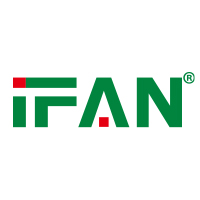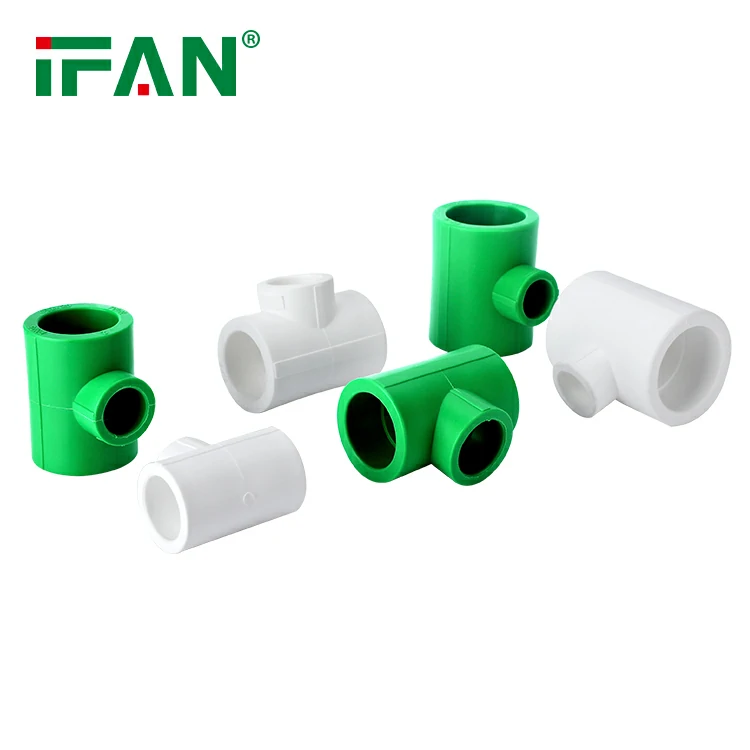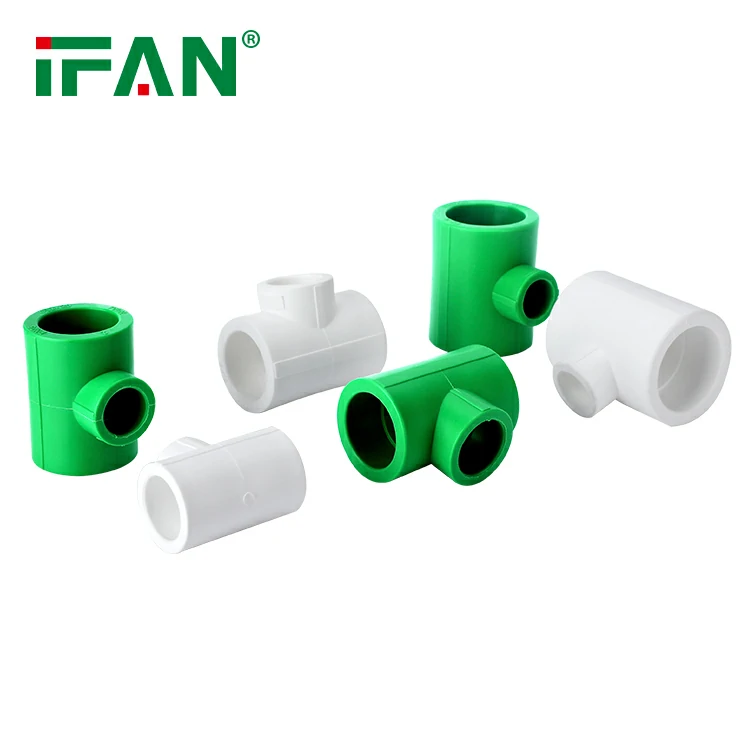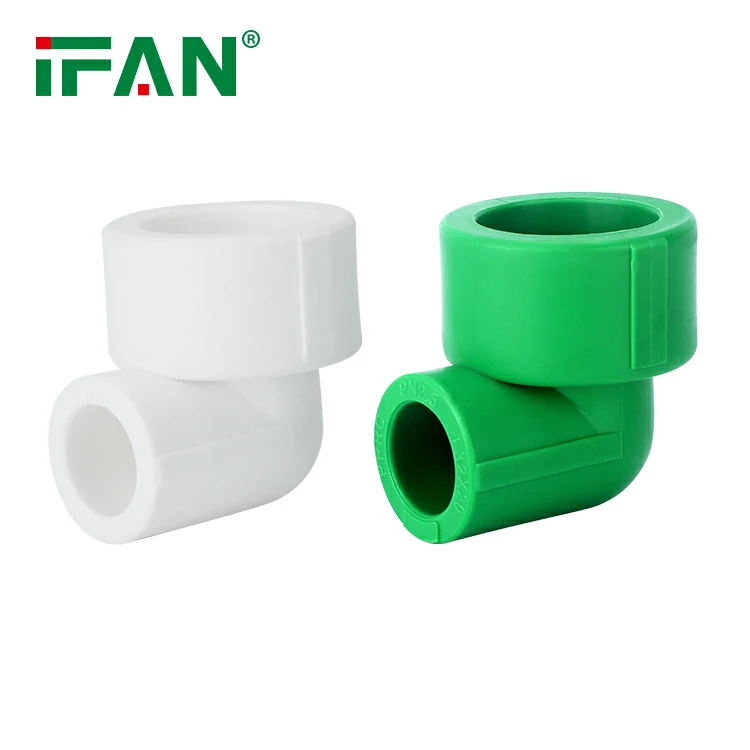Introduction
Peste des Petits Ruminants (PPR), commonly known as “Goat Plague,” is a highly contagious viral disease that affects small ruminants such as goats and sheep. In regions like the Sahel, which includes Mauritania, PPR represents a significant threat to the livelihoods of millions of people who depend on livestock farming. The disease causes high mortality rates and impacts the economic stability of pastoralist communities. This article explores the vaccination strategies for controlling PPR in Mauritania, focusing on how PPR vaccines and immunization strategies can help manage outbreaks in this Sahelian setting.
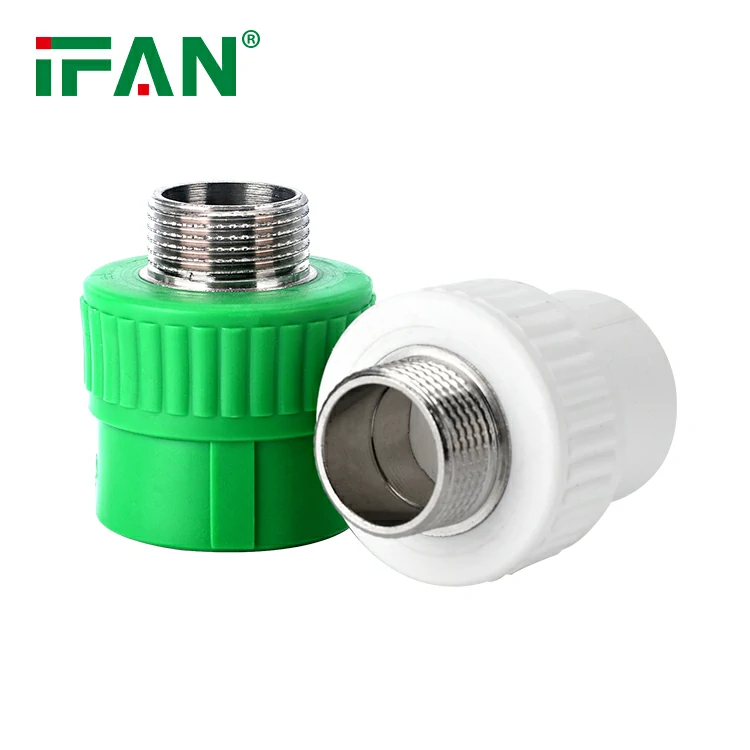
Understanding PPR and Its Impact on Mauritania
Mauritania, a country located in the western Sahel, has a primarily agrarian economy with a strong reliance on livestock. Goats, sheep, and camels are vital to the livelihood of many Mauritanians, serving as sources of income, food, and cultural identity. However, PPR poses a grave threat to the country’s livestock population, leading to severe economic losses, food insecurity, and increased poverty. The symptoms of PPR include high fever, diarrhea, nasal discharge, and lesions on mucous membranes, leading to widespread deaths among infected animals.
In Mauritania, outbreaks of PPR are particularly devastating due to the lack of adequate veterinary infrastructure and challenges in managing livestock movement across vast, often inaccessible areas. To mitigate the impact of PPR and safeguard livestock populations, vaccination remains one of the most effective strategies.
The Role of Vaccination in PPR Control
Vaccination is the cornerstone of PPR control, especially in regions with limited resources. The PPR vaccine provides immunity to animals and significantly reduces the transmission of the virus. The World Organisation for Animal Health (OIE) recommends widespread vaccination campaigns to eliminate the disease, as vaccines have proven to be highly effective in controlling outbreaks.
Mauritania’s government and international organizations have been working together to implement vaccination programs targeting the most vulnerable regions. However, the effectiveness of these programs depends on factors such as vaccine coverage, timely distribution, and coordination between government agencies and local communities.
Key Challenges in Vaccination Strategy for PPR in Mauritania
While vaccination is essential in controlling PPR in Mauritania, several challenges need to be addressed to ensure the success of immunization programs. These include:
- Geographical and logistical barriers: Mauritania’s vast and arid landscape poses logistical challenges in reaching remote pastoralist communities. The limited infrastructure in rural areas makes it difficult to distribute vaccines on time and ensure consistent vaccination coverage.
- Limited veterinary services: Although Mauritania has made significant strides in improving veterinary services, the lack of qualified veterinarians in rural areas hinders the effective administration of vaccines. Furthermore, limited training and resources for local farmers and herders make it harder for them to recognize symptoms of PPR and take preventative actions.
- Coordination between stakeholders: Effective PPR control requires the collaboration of various stakeholders, including the Mauritanian government, international organizations, local communities, and non-governmental organizations (NGOs). Without coordinated efforts, vaccination programs may face inefficiencies, leading to incomplete coverage and the continued spread of the disease.
Current Vaccination Strategies in Mauritania
To combat PPR, Mauritania has adopted a multi-faceted vaccination strategy that focuses on increasing vaccine coverage, enhancing surveillance systems, and strengthening veterinary infrastructure. Key components of the strategy include:
- National Vaccination Campaigns: The government of Mauritania, in partnership with the OIE and the Food and Agriculture Organization (FAO), conducts periodic nationwide vaccination campaigns. These campaigns aim to vaccinate the highest possible number of small ruminants in affected areas, using mobile vaccination teams to reach remote locations.
- Community-Based Vaccination: Engaging local communities in the vaccination process is crucial for success. Community-based vaccination strategies involve training local herders and farmers to identify symptoms of PPR and vaccinate their livestock when needed. This approach ensures a more decentralized and sustainable vaccination program, especially in areas with limited government presence.
- Public Awareness Campaigns: Educating the public about the importance of vaccination is key to ensuring the success of PPR control programs. Awareness campaigns through radio, posters, and village meetings help improve understanding of PPR and encourage farmers to participate in vaccination efforts.
- Cross-Border Cooperation: PPR is a transboundary disease, meaning it does not respect national borders. Mauritania’s vaccination strategy also involves cross-border cooperation with neighboring countries like Mali and Senegal. Collaborative vaccination efforts reduce the risk of cross-border transmission, ensuring that immunization programs are effective across the Sahel region.
The Role of PPR Fittings in Vaccination
In addition to vaccines, the administration of PPR vaccinations requires proper equipment, including syringes, needles, and transport systems to keep vaccines viable. PPR fittings are an essential part of the vaccination process. These fittings ensure that vaccines are properly delivered to animals, helping prevent wastage and ensuring that the vaccine reaches its target with maximum efficacy.
Special PPR vaccine vials and injectors are designed to withstand the harsh environmental conditions of the Sahel, including extreme heat and dust. It is critical that these materials are made from durable and heat-resistant materials to maintain the integrity of the vaccine throughout the vaccination process.
Conclusion: Ensuring Long-Term Control of PPR
PPR control in Mauritania is a long-term challenge that requires continuous efforts and collaboration at all levels. Vaccination remains the most effective method for managing the disease, but addressing logistical and infrastructure barriers is crucial for achieving widespread immunization coverage. By strengthening veterinary services, promoting community-based vaccination, and improving cross-border cooperation, Mauritania can better control PPR outbreaks and protect its livestock population.
FAQs
- What is PPR?
Peste des Petits Ruminants (PPR) is a viral disease that primarily affects goats and sheep, causing high mortality rates, particularly in regions with inadequate veterinary care. - How does the PPR vaccine work?
The PPR vaccine helps build immunity in animals by stimulating their immune system to fight off the PPR virus. It is typically administered through injection. - Why is PPR such a threat to Mauritania?
PPR threatens Mauritania due to the country’s heavy dependence on livestock for food and income, along with the logistical challenges in vaccinating remote areas. - What are the main challenges in vaccinating against PPR in Mauritania?
Key challenges include geographical barriers, limited veterinary infrastructure, and the need for better coordination between government and local communities. - How can local communities contribute to PPR vaccination efforts?
Local communities can contribute by participating in vaccination campaigns, training to recognize symptoms of PPR, and assisting in vaccinating their livestock.
